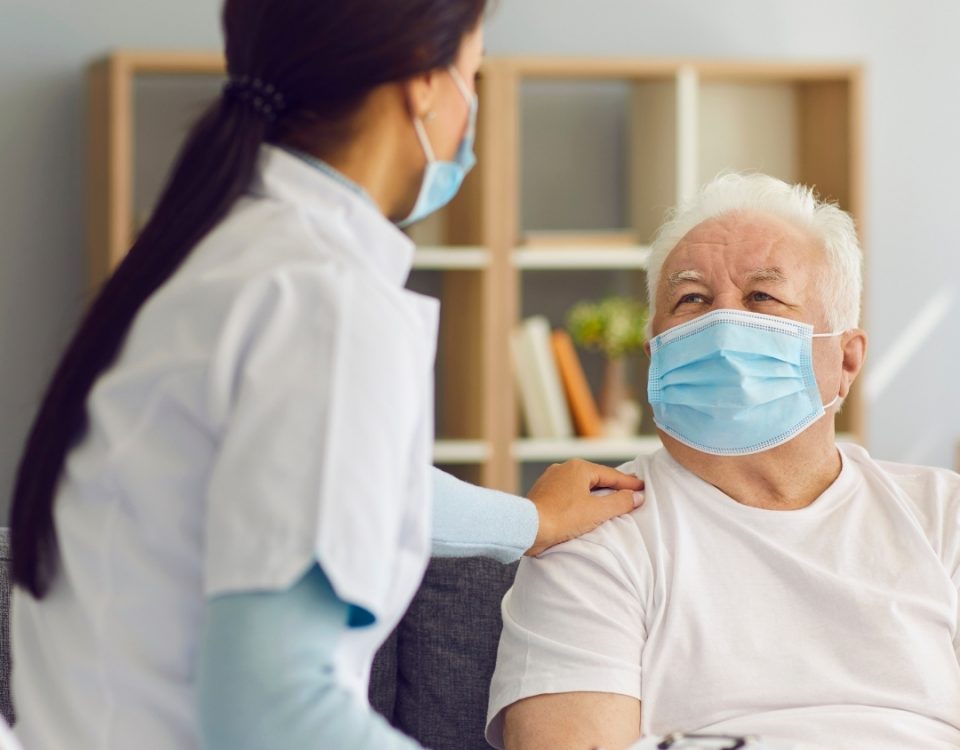
OSHA [Healthcare Compliance Tips]



Exposure Control Plan [Healthcare Compliance Tips]



OSHA [Healthcare Compliance Tips]



Exposure Control Plan [Healthcare Compliance Tips]
Bloodborne Pathogens Standard [Healthcare Compliance Tips]


Identify and train staff on the Bloodborne Pathogens Standard.
OSHA defines the term healthcare worker as paid and unpaid persons who have the potential to be exposed to bloodborne pathogens.
The CDC estimates that 600,000 healthcare workers sustain percutaneous injuries annually due to contaminated sharps.
When this occurs, it increases the risk of exposure to viruses or microorganisms, such as HIV, HBV, HCV, and more.
As a best practice, you should not assume that everyone is aware of bloodborne pathogens and make sure standards and policies are in place to protect the practice.
The following are requirements from the OSHA site, such as:
- A written exposure control plan, to be updated annually.
- Use of universal precautions.
- Consideration, implementation, and use of safer, engineered needles and sharps.
- Use of engineering and work practice controls and appropriate personal protective equipment (gloves, face and eye protection, gowns).
- Hepatitis B vaccine provided to exposed employees at no cost.
- Medical follow-up in the event of an “exposure incident.”
- Use of labels or color-coding for items such as sharps disposal boxes and containers for regulated waste, contaminated laundry, and certain specimens.
- Employee training.
- Proper containment of all regulated waste.
The list above shows the importance of training staff on OSHA guidelines and standards. As always, upon completion of training it is best to provide everyone a post-test to show they understood what was discussed in training and documented in their employee files.
**The opinions and observations from the group/author are not a promise to exempt your practice from fines and penalties. Research, modify, and tailor the advice to fit your specialty.









